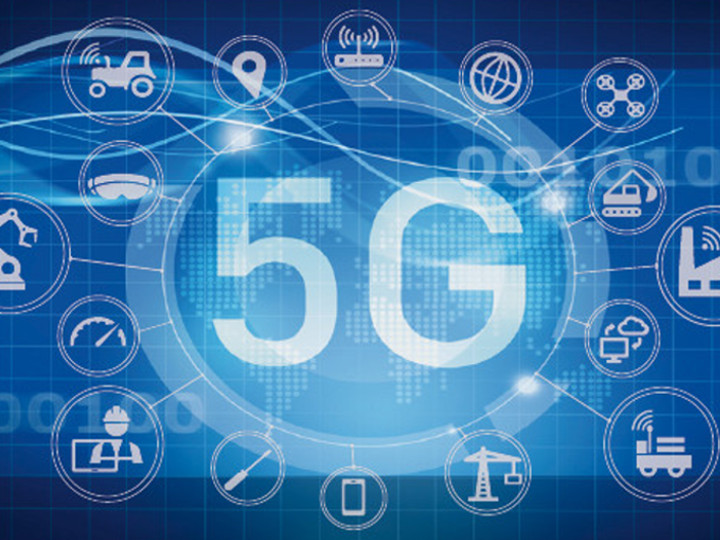
The digital transformation in industry requires ever-faster network connections with extremely high data rates. There are high hopes for the 5G wireless standard. A wireless factory? As a connection expert, LAPP has intensively dealt with this topic for some time. One thing is certain: Even a wireless network cannot exist without cables. 5G is therefore by no means a threat to a cable manufacturer, but an extension of its range of services. LAPP was consequently happy to support the VDMA in exploring the use of 5G in industrial production.
On the one hand, the “Guide for 5G in Mechanical and Plant Engineering” published in 2020 explains the basics and benefits of the new wireless standard for industry. On the other, it assesses the practical benefits of 5G in campus networks on the basis of various use cases. To this end, the VDMA worked closely with operators and manufacturers, including LAPP. The partners were supported by the Fraunhofer Institute for Integrated Circuits IIS. The research institute contributed independent technical expertise and methodology, collected use cases in the group and used them to demonstrate the capabilities of 5G.
LAPP worked on two specific use cases: “Real-time-capable data links in applications subject to wear and tear” and “machine-to-machine” (remote input/output with field bus). Our experts shared a table with market participants and openly discussed the opportunities of 5G. The result: A lot of applications can be implemented with 5G, but don’t have to. This is the case with existing solutions from LAPP and other vendors for Predictive Maintenance . For other applications, the upcoming releases 16 and 17 will show whether the real-time capability of 5G is truly adequate.
What can already be achieved with 5G – and what can’t
For the record: 5G is still in its infancy. Currently, the construction and expansion of public networks is in progress. The first applications for industrial machines have been developed. But when it comes to technical specifications, 5G will only fully evolve in the coming years. This also applies to those functions that are useful for critical real-time industrial applications. Industrial production processes, after all, require control data in real time. Until now, such data has been transmitted much faster, safer and more reliably via cables than wireless.
In the current development phase, Release 15, latency times have been achieved of approximately five milliseconds. While this is already sufficient for many control applications like motion sensor technology in machine systems, it isn’t yet for motion control applications. The next release is expected in mid-2020. Extremely short reaction times (ultra reliable low latency communication, or URLLC for short) of less than one millisecond should be possible – in other words, real-time.
These latency improvements will likely massively expand the range of applications in the near future. It will then be possible to build 5G protected and secure networks on company premises.
Why LAPP supports the development of 5G
5G will no doubt have an impact on the networking and data transmission of the future. And LAPP is gearing up for it. Not only are we excited about the changes in data transmission in the automation environment, i.e. directly in machines and plants. Another key factor is the necessary expansion of the infrastructure in the different countries and the factories, the so-called “backbones”: more fiber optics, more copper lines, new antenna masts and access points. In the future, the infrastructure for 5G in the cities and communities must continue to be wired.
LAPP believes that 5G and other existing wireless technologies are the perfect complement to wired communication solutions, each with its specific advantages and disadvantages. For instance, wireless transmission reduces the usual cable wear in moving machines. And in mobile applications, wireless enables more freedom of movement. At the same time, their access points in the production halls will remain connected with cables. We believe that 5G will be the driving force behind the mobility of communication in industrial applications. That is why we’re also investing in this new development. Still, even wireless technology will not eliminate the need for cabling specific components in the smart factory.
Read here how LAPP supports the industry of the future.
You can download the complete 5G guide here.
Want to learn more about LAPP and 5G in industrial applications? Talk to us!
